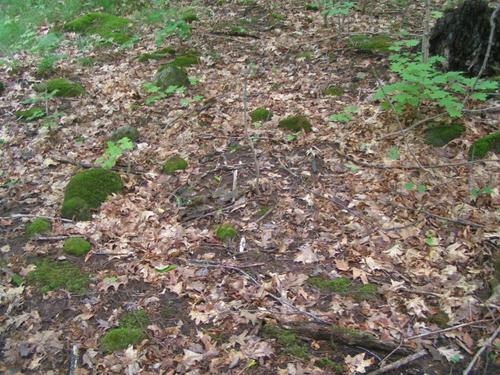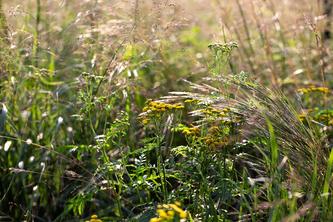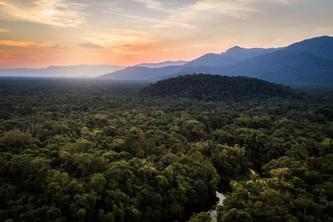
European earthworms are responsible for declining species diversity in North American forests, a new study involving University of Minnesota researchers have found.
The study is the first time scientists have been able to demonstrate a general pattern between the decline in species diversity in North American forests and the spread of European earthworms, says Lee Frelich, a research associate at the U of M and director of the Center for Forest Ecology. The effects of the worms are most noticeable in vegetation on the forest floor, which has changed dramatically since the earthworms arrived. The changes include a decline in native plants’ species diversity; increased non-native plants from Europe like buckthorn; and more grasses.
Frelich says the non-native worms consume the duff (leaf litter) layer of forest floors as they eat their way across the continent’s forests from thousands of points of introduction, initially by European settlers and more recently by their use as live fishing bait. The worms alter the physical and chemical properties of soils, changing the pH, nutrient and water cycles, and disrupting symbiotic relationships between soil fungi and roots (mycorrhizas).
The earthworms also amplify the negative effects of droughts, warming climate, and deer grazing on native plants, Frelich said. “Many native plant species, such as trillium and native orchids, cannot thrive under these changed circumstances.”
Conversely, the worms literally prepare the soil for non-native plants from Europe, which are co-evolved with the earthworms on their home continent, including buckthorn, garlic mustard, Japanese barberry, tatarian honeysuckle, and hedge nettle. Grasses also grow well in invaded forests because their fine roots can quickly absorb soil nutrients, particularly nitrogen, and can tolerate summer droughts that are exacerbated by the worms.
Moreover, earthworms eat small seeds of certain plant species and thus directly influence the composition of the forest understory. Because earthworms live in different soil layers and their effects are cumulative, the more types of earthworms that live together in one location, the more native plant species are affected.
“The earthworm invasion has altered the biodiversity and possibly functioning of the forest ecosystems, because it affects the entire food web as well as water and nutrient cycles”, said Dylan Craven, post-doctoral researcher at Leipzig University in Germany, and lead author of the study.
The research findings were reported this week in the journal Global Change Biology. Scientists from the United States and Canada and the German Centre for Integrative Biodiversity Research (iDiv) and the Leipzig University worked on the project, which brought together and evaluated data from 14 studies.
- Categories:
- Agriculture and Environment





